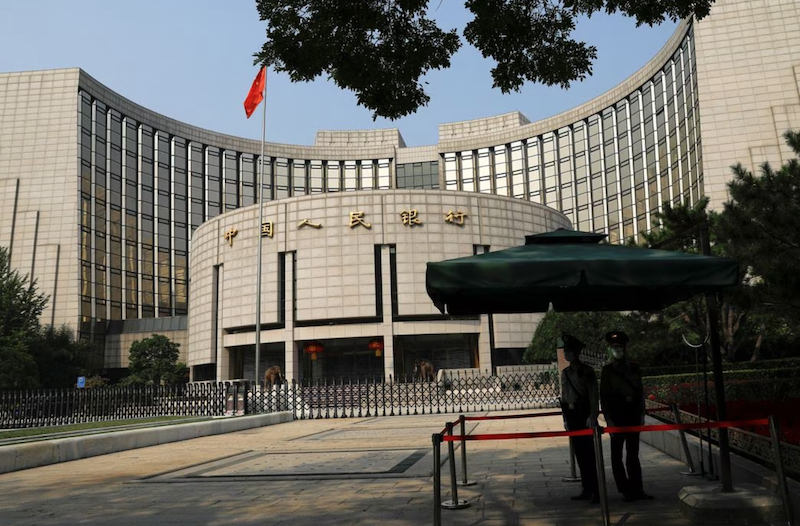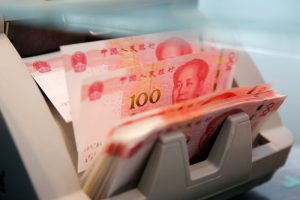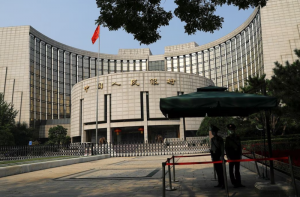China froze its benchmark lending rates for the ninth month in a row on Monday, despite a host of recent poor data over the past month having raised hopes of some easing measures.
A weakening yuan and widening yield differentials with the United States limited the scope for any substantial monetary easing, even with the latest figures pointing to an economy losing momentum after an initial post-Covid bounce.
But given capital outflow risks that could further hurt a sliding yuan, some analysts now expect the People’s Bank of China (PBOC) could lower the amount of cash banks must set aside as its next policy move.
Also on AF: China Firms’ London, Zurich Listings Plans Under Threat
Earlier in the day, China’s one-year loan prime rate (LPR) was kept at 3.65% and its five-year LPR was unchanged at 4.30%.
In a Reuters poll of 26 market watchers conducted last week, 23 predicted no change to the rates for this month.
“Despite the April weakness, we do not expect policymakers to unleash major stimulus as the 5% GDP growth target is still well within reach and issues such as property risks and youth unemployment require a more targeted approach,” economists at Goldman Sachs said in a note.
“Within monetary policy, symbolic measures such as a reserve requirement ratio (RRR) cut are more likely than policy rate cuts this year given the already wide US-China interest rate differential and RMB depreciation pressure.”
China’s yuan weakened past the psychologically important 7 per dollar last week to hit five-month lows. It has fallen nearly 5% from highs hit in late January.
At the same time, the yield gap between China’s benchmark 10-year government bonds and their US counterparts is hovering at the widest level in two months.
The steady LPR fixings also came after the PBOC rolled over maturing medium-term lending facility (MLF) loans while keeping the interest rate unchanged last week.
The MLF rate serves as a guide to the LPR and markets mostly use the medium-term rate as a precursor to any changes to the lending benchmarks.
PBOC Wary of Credit Growth
Economists at Capital Economics said last week the central bank’s goal was to ensure that credit growth, which slumped in April, would not slow too much as “the reopening boost to credit demand fades”.
“This can probably be achieved without policy rate cuts, which we think the PBOC will try to avoid,” they said.
“The downside to lowering the LPR is that it reduces banks’ return on their existing loan book, adding pressure to their net interest margins, which are at a record low.”
They said the PBOC may use other tools such as RRR cuts, deposit rate window guidance and liquidity injections to guide funding costs lower.
The LPR, which banks normally charge their best clients, is set by 18 designated commercial banks who submit proposed rates to the central bank every month.
Most new and outstanding loans in China are based on the one-year LPR, while the five-year rate influences the pricing of mortgages. China last cut both LPRs in August 2022 to boost the economy.
- Reuters with additional editing by Sean O’Meara
Read more:
China Ready to Step in to Protect Under-Pressure Yuan: PBOC
Rapid Rate Hikes Played Role in SVB Collapse: PBOC Official
























